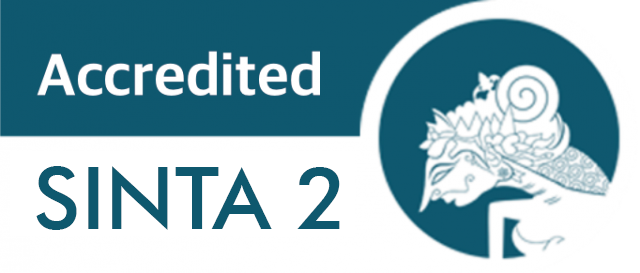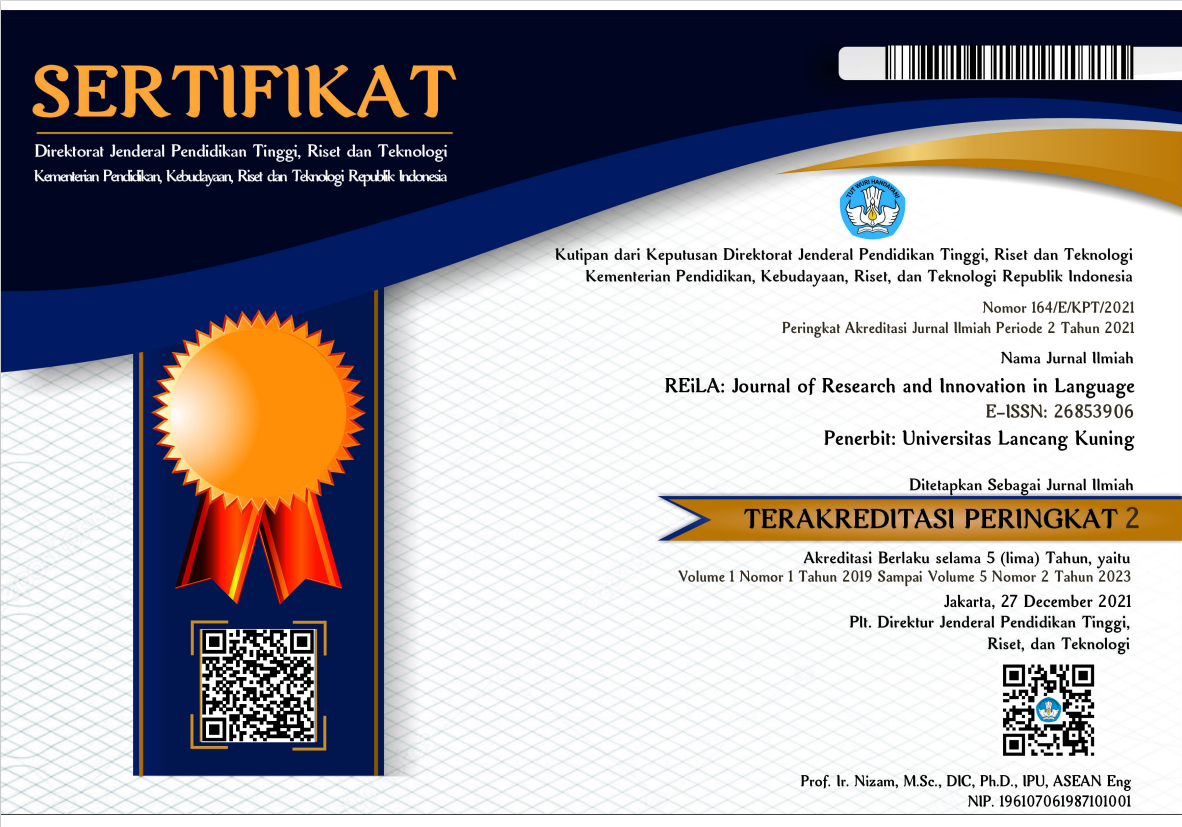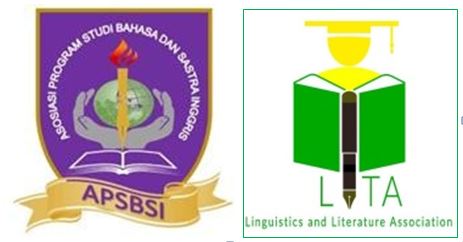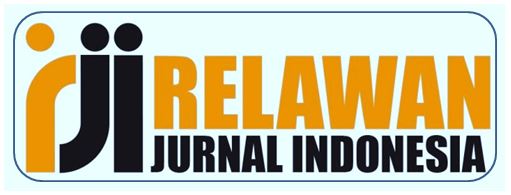Bridging between Beliefs and Needs of Language Teachers in Philippines: Personal Qualities, Strategies, and Framework during COVID-19 Pandemic
Abstract
This qualitative case study examines the constraining effects of the internet connectivity to English language teaching communities migrated to online instruction during/ after the COVID-19 pandemic based on the teacher’s beliefs in the Philippines’ context. The paper also explores the innovative English teaching strategies, needed personal qualities, and framework for the teacher's innovative teaching to navigate their way in delivering instruction under alternative modalities. Through the focus group discussion employing a validated open-ended interview guide as an instrument for data gathering, information was processed through codes and coding techniques outlined by Miles and Huberman (1994) along with the aid of a licensed NVivo 12 software in order to examine the teachers’ beliefs on creativity, as well as their personal qualities and how these variables are transformed into innovative offline English teaching strategies. Findings reveal that the five emerging underlying themes on the teachers’ beliefs about creativity translated into innovative English teaching strategies for offline instruction are learnability, non-exclusivity, essentiality, physical context dependency, and non-physical context dependency. Moreover, there are also five developing significant COVID-19 personal qualities for English teachers that were found, including being creative, optimistic, versatile, inventive, and devoted. These findings became cornerstones of the innovative offline English language teaching framework that can be used as a practical guide in academic communities worldwide where internet connectivity is not dependable for online instruction.
Downloads
References
Al-Ababneh, M. (2020). The Concept of Creativity: Definitions and Theories. International Journal of Tourism & Hotel Business Management, 2(1) 245-249. https: doi.org/ssrn.com/abstract-3633647.
Baer, M., and Oldham, G. R. (2006). The curvilinear relation between experienced creative time pressure and creativity: Moderating effects of openness to experience and support for creativity. Journal of Applied Psychology, 91(4), 963–970. http://doi.org/10.1037/0021- 9010.91.4.963.
Barak, M. (2013). Impacts of learning inventive problem-solving principles: Students' transition from systematic searching to heuristic problem solving. Instructional Science, 41(4), 657-679. doi: http://dx.doi.org/10.1007/s11251-012- 9250-5.
Bock, G.-W., Zmud, R. W., Kim, Y.-G., & Lee, J.-N. (2005). Behavioral intention formation in knowledge sharing: Examining the roles of extrinsic motivators, social-psychological forces, and organizational climate. MIS Quarterly, 29(1), 87-111. https://doi.org/10.2307/25148669.
Boltron, M. T., & Ramos, A. L. (2021). Improving Beginning Reading Literacy through Marungko Approach. ASEAN Journal of Basic and Higher Education, 5(1), 1-12.
Bueno, A. and Pacis, J. (2020, May 20). As Covid-19 Forces Life to Move Online, Who is Left Behind?. CNN Philippine Life, https://cnnphilippines.com/life/ culture.
Calderon, C. (2019). The importance of shared beliefs for social marketing programmes. Journal of Social Marketing, 9(1), 26-39. http://dx.doi.org/10.1108/JSOCM-01- 2018-0013.
Cardullo, V., Wang, C., Burton, M., & Dong, J. (2021). K-12 teachers’ remote teaching self-efficacy during the pandemic. Journal of Research in Innovative Teaching & Learning, 14(1), 32-45. http://dx.doi.org/10.1108/JRIT-10-2020- 005.
Chi-chung, F., Cheung, B., & Kent-man, C. (2021). A comparative study regarding distance learning and the conventional face-to-face approach conducted problem- based learning tutorial during the COVID-19 pandemic. BMC Medical Education, 21, (141), 1-6. http://dx.doi.org/10.1186/s12909-021- 02575-1
Choi, L., & Chung, S. (2021). Navigating online language teaching in uncertain times: Challenges and strategies of EFL educators in creating a sustainable technology-mediated language learning environment. Sustainability, 13(14),1-15. http://dx.doi.org/10.3390/su13147664.
Craft, A. (2000). Creativity across the Primary Curriculum: Framing and Developing Practice. Routledge Falmer.
Cremin, T. and Barnes, J. (2015). Creativity in the curriculum. In: Arthur, James and Cremin, Teresa eds. Learning to Teach in the Primary School (2nd ed.). Abingdon: Routledge, pp. 357 373.
Cohen, S. L., & Daniel, C. A. (2021). Powerful pedagogies in times of COVID: An online pedagogical collaboration between EFL students and ESL teacher candidates. Íkala, 26(3), 731-745. http://dx.doi.org/10.17533/udea.ikala.v26n3a14
Coman, C., Tiru, LG., Mesesan-Schmitz, L., Stanciu, C. and Bularca MC. (2020). Online teaching and learning in higher education during the coronavirus pandemic: Students’ perspective. Sustainability, 12(24), 1-15. doi: http://dx.doi.org/10.3390/su122410367
Diab, G. M. A. E. H., & Elgahsh, N. F. (2020). E-learning during COVID-19 pandemic: Obstacles faced nursing students and its effect on their attitudes while applying it. American Journal of Nursing, 9(4), 300-314. https://doi.org/10.11648/j.ajns.20200904.33
Ferrari, A., Cachia, R., & Punie, Y. (2009). Innovation and creativity in education and training in the EU member states: Fostering creative learning and supporting innovative teaching. JRC Technical Notes, 64(0), 52374.
Glaser, B., & Strauss, A. (1967). The discovery of grounded theory: Strategies for qualitative research. Aldine Transaction.
Goodenough, W. (1963). Cooperation in change. New York: Russell Sage Foundation Press.
Hakim, B. (2020). Technology integrated online classrooms and the challenges faced by the EFL teachers in Saudi Arabia during the COVID-19 pandemic. International Journal of Applied Linguistics & English Literature, 9(5), 33-39. http://dx.doi.org/10.7575/aiac.ijalel.v.9n.5p.33
Hosseini, A. (2001). Creativity managing and creativity in management. Journal of Rahyaft, 26, 5-16.
Ibrahim, B., & Mishra, N. (2016). College radio as a mechanism for participatory learning: Exploring the scope for online radio-based learning among undergraduates. Higher Learning Research Communications, 6(1), 21-34. http://dx.doi.org/10.18870/hlrc.v6i1.292.
Jabbarifar, T., & Elhambakhsh, E. L. (2012). The importance of examining teacher and learner's attitudes and understanding learning needs in the twenty-first century. Journal of International Education Research, 8(2), 71-84.
Kampylis, P. and Berki, E. (2014). Nurturing Creative Thinking. The International Academy of Education. 1(1). 1-28.
Kaplan, D. (2019) Creativity in Education: Teaching for Creativity Development. Psychology, 10, 140-147. doi: 10.4236/psych.2019.102012.
Karakose, T. (2021). The impact of the COVID-19 epidemic on higher education: Opportunities and implications for policy and practice. Educational Process: International Journal, 10(1), 7-12. http://dx.doi.org/10.22521/edupij.2021.10 1.1.
Kasperiuniene, J. (2018). Maintaining academic connection for collective creativity: A grounded theory of university teacher's professional behavior in social media. Baltic Journal of Modern Computing, 6(2),128-136. http://dx.doi.org/10.22364/bjmc.2018.6.2. 04.
Kintanar, F. (2021). Strengths and Needs of the Faculty of Cebu Technological University- Argao Campus, Cebu, Philippines. International Journal of Educational Science and Research (IJESR). 11 (1),115-122. .
Kinloch, V. F. (2005). Poetry, literacy, and creativity: Fostering effective learning strategies in an urban classroom. English Education, 37(2), 96-114.
Kirsch, T. G. (2004). WHAT IS BELIEF? restaging the will to believe: Religious pluralism, anti-syncretism, and the problem of belief. American Anthropologist, 106(4), 699-709.
Lateef, F. (2020). Maximizing learning and creativity: Understanding psychological safety in simulation-based learning. Journal of Emergencies, Trauma and Shock, 13(1), 5-14. http://dx.doi.org/10.4103/JETS.JETS9619.
Luetkemeyer, J., Adams, T., Davis, J., Redmond, T., & Hash, P. (2021). Creative practice in higher education: Decentering academic experiences. Journal of Education for Library and Information Science, 62(4), 403-422. http://dx.doi.org/10.3138/jelis.62-4-2020-0097.
Lysenko, N., Shtefan, L., & Kholodniak, O. (2020). Teaching tolerance at school: the experience of modern French education system. Journal of Liberty and International Affairs, 6(1), 129-138.
Mazhar, S., & Muhammad, S. A. (2018). Relationship between knowledge management and creativity among teachers of public and private sector universities at Lahore. Bulletin of Education and Research, 40 (2), 91-104.
Miles, M. B. and Huberman, A. M. (1994). Qualitative data analysis. An Expanded Sourcebook, 2nd ed. Sage Publication, Thousand Oaks. CA.
Mundiri, A., Muchammad, E. M., Ubaidillah, M., Azizah, N., Zuhro, L., & Hasanah, F. (2021). Learning agility during pandemic; outstanding strategy in language learning by using zoom application. Journal of Physics: Conference Series, 1779(1). http://dx.doi.org/10.1088/1 742-6596/1779/1/012066.
Muneer, S. (2021). Women empowerment, and access to education in Pakistan: Barriers within home. Journal of the Research Society of Pakistan, 58(2), 32-41. http://dx.doi.org/10.3390/su13030561.
National Advisory Committee on Creative and Cultural Education NACCCE (1999). All Our Futures: The Report of the National Advisory Committee on Creative and Cultural Education. London: bhttp://sirkenrobinson.com/pdf/a llourfutures.pdf
Navarro, M. M., Prasetyo, Y. T., Young, M. N., Nadlifatin, R., & Anak Agung Ngurah, P. R. (2021). The perceived satisfaction in utilizing learning management system among engineering students during the COVID-19 pandemic: Integrating task technology fit and extended technology acceptance model. Sustainability, 13(19), 1-15. http://dx.doi.org/10.3390/su131910669.
Ocetkiewicz, I. (2021). Creativity for sustainability: How do polish teachers develop students’ creativity competence? analysis of research results. Sustainability, 13(2),571. http://dx.doi.org/10.3390/su13020571.
Pehkonen, E., and Pietilä, A. (2003). On relationships between beliefs and knowledge in mathematics education. Paper presented at the CERME 3: Third conference of the European society for research in mathematics education, Bellaria, Italy.ble:http://citeseerx.ist.psu.edu/view.
Pinquart, M., & Schwinger, M. (2021). The role of flexibility in the realization of inclusive education. Sustainability, 13(8), 44-52. http://dx.doi.org/10.3390/su13084452.
Primi, T. and Wechsler, S. (2018). Creativity and innovation: Skills for the 21st century. Estudos de Psicologia (Campinas). 35. 237-246.http://dx.doi.org/: 10.1590/1982-02752018000300002.
Ramos, A. (2021). Content Knowledge and Pedagogical Skills of Teacher and Its Relationship with Learner’s Academic Performance in Learning English. International Journal of Educational Science and Research (IJESR). 11 (1), 11-16.
Rao, Z. (2013). Teaching English as a foreign language in China: Looking back and forward: Reconciling modern methodologies with traditional ways of language teaching. English Today, 29(3), 34-39. http://dx.doi.org/10.1017/S0266078413000291
Raymond, A. M. (1997). Inconsistency between a beginning elementary school teacher's mathematics beliefs and teaching practice. Journal for Research in Mathematics Education, 28(5), 550- 576. https://doi.org/10.2307/749691
Richardson, V. (1996). The Role of Attitudes and Beliefs in Learning to Teach. Handbook of Research on Teacher Education 2nd Edition. Macmillan Publishing. NewYork.
Robinson, K (2011). Out of Our Minds. Capstone Publishing Ltd.
Ronghuai, H., Ahmed, T., Ting-Wen, C.,Zhang, X., Fabio, N., & Burgos, D. (2020). Disrupted classes, undisrupted learning during COVID-19 outbreak in china: Application of open educational practices and resources. Smart Learning Environments, 7(1) 1-15. http://dx.doi.org/10.11 86/s40561-020-00125-8
Saebø, A. B., McCammon, L. A., & O'Farrell, L. (2007). Creative teaching - teaching creativity. Caribbean Quarterly, 53(1), 205-215. https://doi.org/10.1080/00086495.2007.11672318
Schubert, W. (1991). Teacher lore: A basis for understanding praxis. In C. Witherell & N. Noddings (Eds.), Stories lives tell: Narrative and dialogue in education (pp. 207-233). New York: Teachers College Press. http://www.jstor.org
Schubert, William H. (1987). Educationally Recovering Dewey in Curriculum," Education and Culture: 7(1) 1-32 https://docs.lib.purdue.edu/cgi/viewcontent.cgi?article=1381&context=eandc
Smith, N. (2019). Who says creativity can’t be learned? Business News Daily. https://www.businessnewsdaily.com/2471-creativity-innovation-learned.html
Sternberg, R. J., & Chowkase, A. (2021). When we teach for positive creativity, what exactly do we teach for? Education Sciences, 11(5), 237-245. http://dx.doi.org/10.3390/educsci11050237.
Tran, T.B.L.; Ho, T.; Mackenzie, S.V.; Kim, L.L. (2017). Developing assessment criteria of a lesson for creativity to promote teaching for creativity. Think. Skills Create. 25, 10-26. https://doi.org/10.1016/j.tsc.2017.05.006.
Van den Berg, B., & Cocky Fortuin-van, d. S. (2019). The appropriation of symbolic language in worldview education through Bibliodrama. Education Sciences, 9(2) http://dx.doi.org/10.3390/ed ucsci9020088.
Walsh, E., Anders, K., & Hancock, S. (2013). Understanding, attitude and environment: The essentials for developing creativity in STEM researchers. International Journal for Researcher Development, 4(1), 19-38. http://dx.doi.org/10.1108/IJRD-09-2012- 0028.
Wright, G. (2016). Adversity brings creativity. Global Finance, 30(4), 2-S20, S 22.
Xu, M. David, J. and Kim S.H. (2018). The Fourth Industrial Revolution: Opportunities and Challenges. International Journal of Financial Research. 9(2), 90-95 doi: https://doi.org/10.5430/ ijfr.v9n2p90.
Zainal, A. Z., & Zainuddin, S. Z. (2021). Malaysian English language teachers’ agency in using digital technologies during the pandemic: A narrative inquiry. Íkala, 26(3), 587-602. http://dx.doi.org/10.17533/udea.ikala.v26n3a07.
Zhou, Z. (2020). On the lesson design of online college English class during the COVID- 19 pandemic. Theory and Practice in Language Studies, 10(11), 1484-1488. http://dx.doi.org/10.17507/tpls.1011.21.
Zuhairi, A., Maria Rowena Del, R. R., & Mir, K. (2020). Implementing quality assurance system for open and distance learning in three Asian open universities: Philippines, Indonesia and Pakistan. Asian Association of Open Universities Journal, 15(3), 297-320. http://dx.doi.org/10.1108/AAOUJ-05-2020-003










